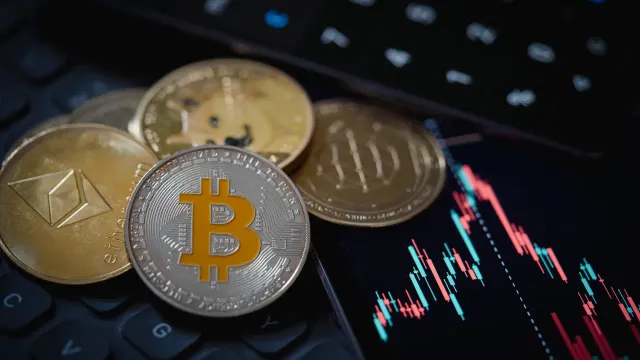How to Become a Master in Crypto Trading: A Practical Guide
Cryptocurrency trading can be wildly profitable—but only for those who treat it like a craft. Like any skill, mastery in crypto trading doesn’t happen overnight. It takes time, discipline, learning from mistakes, and understanding the mechanics behind the charts.
Whether you're a beginner or an intermediate trader looking to level up, this guide outlines the roadmap to becoming a master crypto trader.
- Understand the Fundamentals First
Before you trade, you must understand what you're trading.
Learn the basics of blockchain technology: What is Bitcoin? What makes Ethereum different? How do decentralized exchanges (DEXs) work?
Study tokenomics: Look into supply, utility, inflation rates, and incentives behind each coin.
Understand market structure: Know what market caps, trading volumes, circulating supply, and liquidity mean.
Research regulations in your country to ensure compliance.
⚠️ Tip: If you can’t explain what a token does in one sentence, don’t trade it.
- Choose the Right Trading Style
Mastery begins with knowing what type of trader you are:
Scalping: Fast, frequent trades to catch tiny price movements.
Day trading: Positions opened and closed within the same day.
Swing trading: Holding positions from a few days to weeks based on trend analysis.
Position trading: Long-term holding based on fundamental and technical analysis.
Pick a style that fits your personality, time availability, and risk tolerance.
- Master Technical Analysis (TA)
Technical analysis is your primary tool as a trader.
Learn to read candlestick patterns.
Understand support and resistance zones.
Use indicators wisely:
RSI (Relative Strength Index)
MACD
Moving Averages
Fibonacci retracements
Study volume trends, divergence, and market momentum.
📚 Tip: Combine multiple indicators, but don’t clutter your chart. Simplicity often wins.
- Learn Risk Management Like a Pro
Risk management separates gamblers from professional traders.
Never risk more than 1-2% of your capital per trade.
Use stop-loss and take-profit orders.
Maintain a good risk-to-reward ratio (at least 1:2 or better).
Diversify your portfolio—don’t go all-in on one coin.
🚨 Rule: Capital preservation is more important than profit generation.
- Develop a Solid Trading Plan
A professional trader never trades based on emotions. Build a clear trading plan that answers:
When will you enter a trade?
What signals will you use?
Where is your stop-loss and take-profit?
What is your maximum drawdown before stopping?
Stick to your plan no matter what the market or your emotions say.
- Stay Updated With the Market
Crypto is driven by news, narratives, and global trends. Stay informed.
Follow reliable news sources: CoinDesk, The Block, Decrypt.
Monitor social media sentiment (Twitter/X, Reddit).
Join reputable communities (Discord, Telegram, TradingView).
Track on-chain data and whale movements (e.g., Whale Alert).
🧠 Pro tip: “Buy the rumor, sell the news” often holds true in crypto.
- Keep a Trading Journal
Document every trade:
Why you entered
The outcome
Emotions you felt
What you learned
Reviewing your journal will help you spot recurring mistakes and refine your strategy.
- Practice, Then Go Live
Don’t jump into live trading with your hard-earned money.
Start with paper trading or use demo accounts.
Gradually transition to small positions on live markets.
Use backtesting tools to test strategies with historical data.
This reduces costly beginner mistakes.
- Control Your Emotions
Emotional control is essential for long-term success.
Fear of missing out (FOMO) leads to bad entries.
Panic-selling during dips causes unnecessary losses.
Greed makes you hold too long.
🧘 Master traders remain calm, disciplined, and emotionally detached.
- Never Stop Learning
Crypto is a fast-evolving space. What worked last year may not work now.
Take advanced trading courses.
Learn about DeFi, NFTs, Layer 2s, and new sectors.
Study successful traders and mimic their mindset.
Use tools like TradingView, CoinMarketCap, Glassnode, and CryptoQuant.
🧑🏫 Treat every trade as a lesson. Winners teach you strategy; losers teach you discipline.
Final Thoughts: The Road to Mastery
Becoming a master in crypto trading is not about making quick millions—it’s about developing skills, habits, and a mindset that can withstand market chaos.
It takes:
Patience
Relentless discipline
A hunger to learn
And most importantly, respect for the market.
